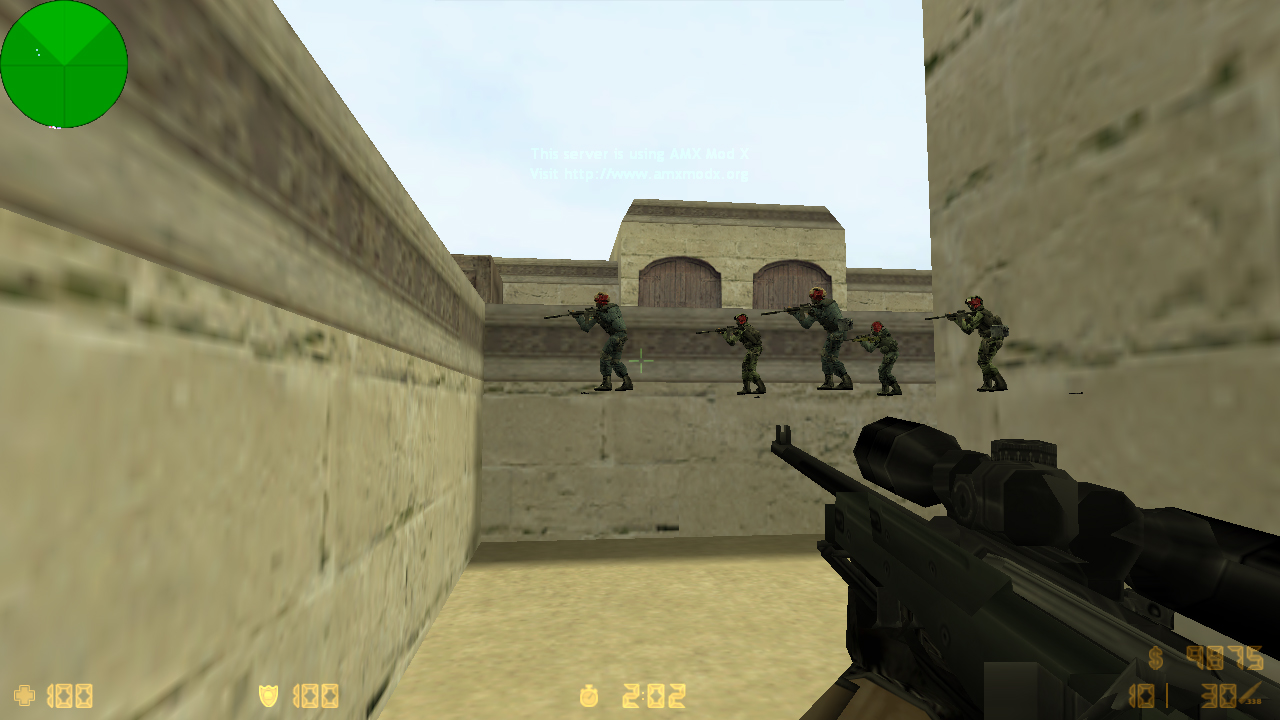


I had some ideas of my own concerning average detection and scoring of image pixel data but it was all rather rudimentary. I had heard of machine learning and had a vague interest in the concept but other than implementing a library like OpenCV at a very functional level I really had no idea how I would go about setting up a neural network. I had been playing Counter-Strike 1.6, CZ, and Source in my younger years, and even back then I had been interested in writing external software programs that could detect enemies from just reading pixel colour information from the screen, as such in 2006 at the age of 18 I released what would be version four of a simple colour detection aimbot I had been working on called the “ Aimbot”, the name inspired by my interests in paying Valve Software First-Person Shooter games.Ī screenshot of what was once known as the Aimbot and simple but feature-rich colour detection aimbot that rivalled Surreal Aim.īack then I knew very little about mathematics other than the basics you’d expect anyone to know at that age - a little trigonometry but that was about it.

The first port of call for this series was to do a quick implementation using the resources I already had available to me, and in this case that was TFCNNv2, a simple yet feature-rich C library I had been working on which implements classical Feed-Forward Neural Networks. In what is a continuation of my original article on “Training a Neural Network to Autoshoot in FPS Games.” in this short series of articles I will be exploring the application of Machine Learning (ML) and Artificial Neural Networks (ANN) to implement an Artificial Intelligence (AI) which is able to use real-time training to create a model which can identify targets in, although not limited to, Valve Software’s game of Counter-Strike Global Offensive.

Creating a Machine Learning Auto-shoot bot for CS:GO.


 0 kommentar(er)
0 kommentar(er)
